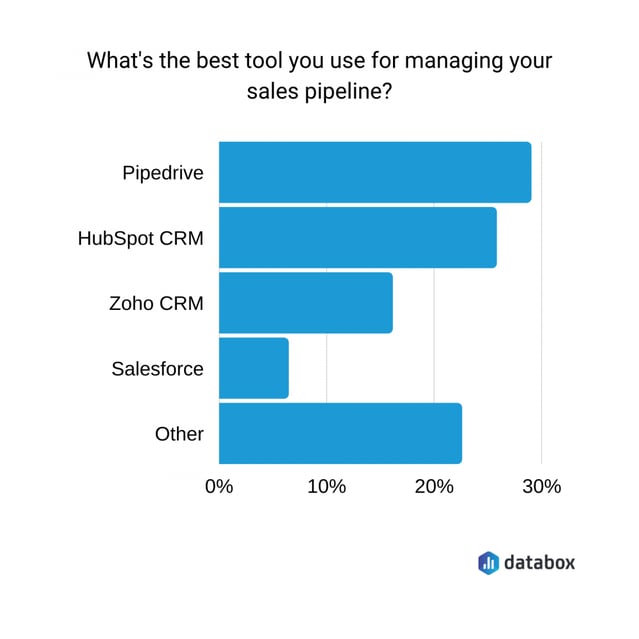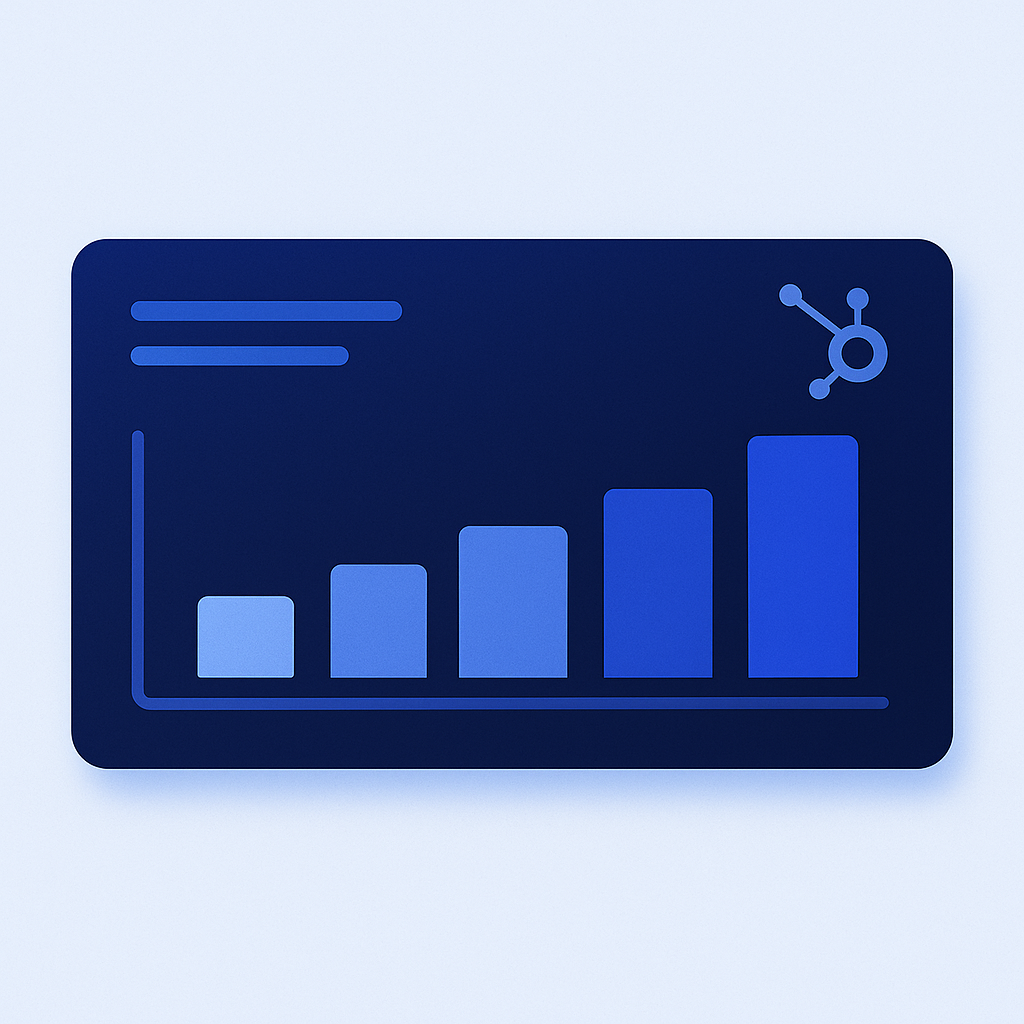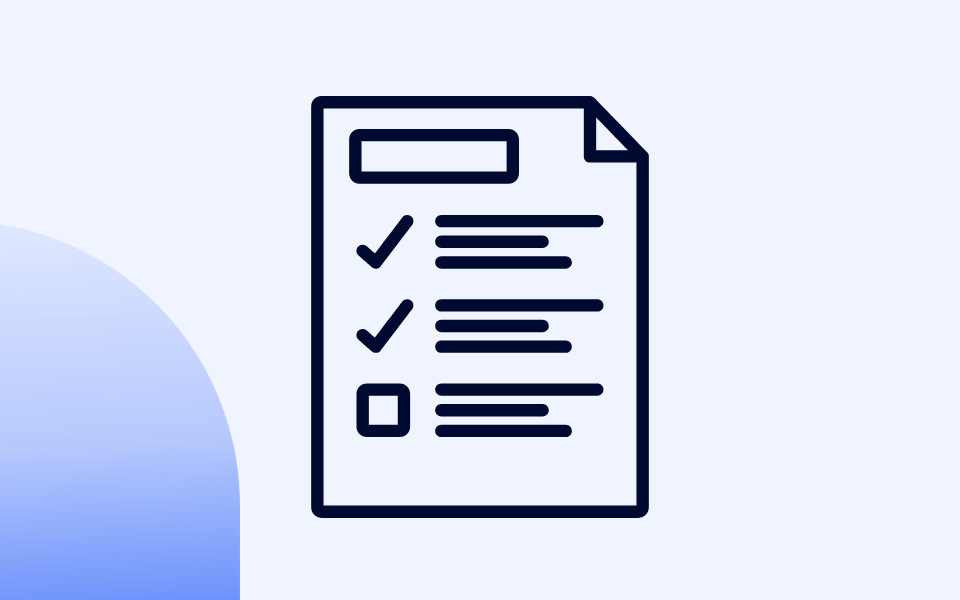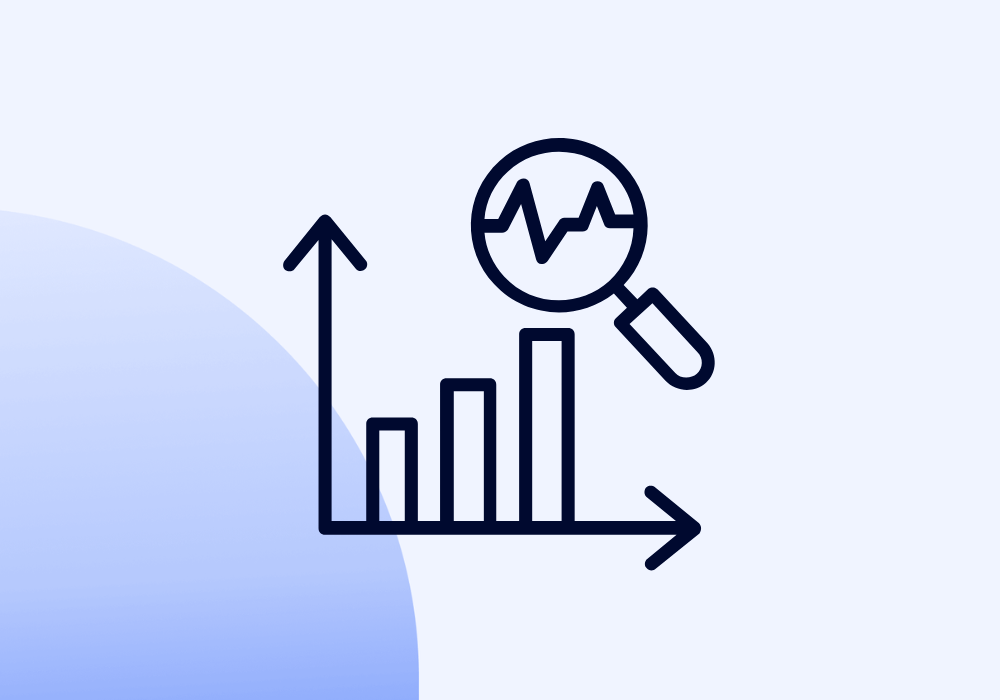How to Build a Predictable Sales Process in HubSpot for Maritime Tech Companies
Designing a Sales Process: The Buyer’s Journey, Deal Stages and the Sales Playbook
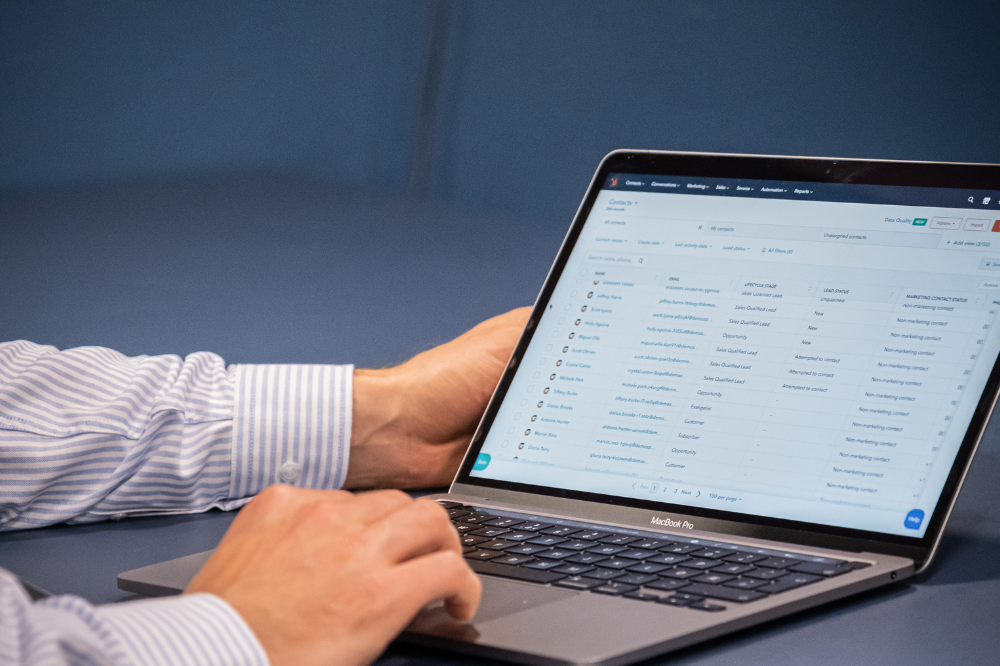
If you have a complex product to sell, you need a scalable sales process that effectively helps your salespeople articulate your product's benefits and capabilities.
B2B sales usually mean increased complexity, and your solution will not sell itself. They are often novel and a big unknown for most decision-makers.
If your sales department does not have an effective sales process, this can mean the difference between getting a high-value contract or missing out.
An effective salesperson needs to know the buyer’s challenges, what the buyer’s journey looks like, buyer roles, responsibilities, how they are measured, and success factors.
To simplify this, sales must be included in the customer's planning process and involve multiple stakeholders.
This is why you need a way to define, document, implement, and evaluate your sales process so that you can connect with more prospective buyers and close them.
Aligning with the buyer's journey
A sales process is the clearly defined steps a company takes from the time it becomes aware of a prospect until it converts the prospect into a paying customer.
The sales process also describes the communication methods (sales methodology, outreach tactics, etc.) between the company’s sales department and the buyer.
The sales process is meant to give the salesperson some structure in their selling style while allowing them the freedom to personalize their approach to each buyer.
You can track your potential deals by defining the sales process and implementing it in your CRM.
Usually, these steps are tracked in columns representing each stage of your sales process, and you can move each deal towards a closed win or closed loss as it progresses.
Most CRM systems come with default stages, but you must always customize the stages to represent your process.
Before you start to define the steps in your sales process, you need to understand who you are selling to clearly.
Remember, selling is about helping the prospect to buy, and you need to consider everything that has to happen from the buyer’s point of view to become your customer.
You win by personalizing the pitch to the buyer, and any sales playbook codification requires understanding the buyer better than your competitor.
The buyer’s journey is a prospective buyer's active research process before purchasing.
To align your sales process with the buyer’s journey, you need to map the most important touch points chronologically from both perspectives and then lay them out like a timeline.
It might look something like this:
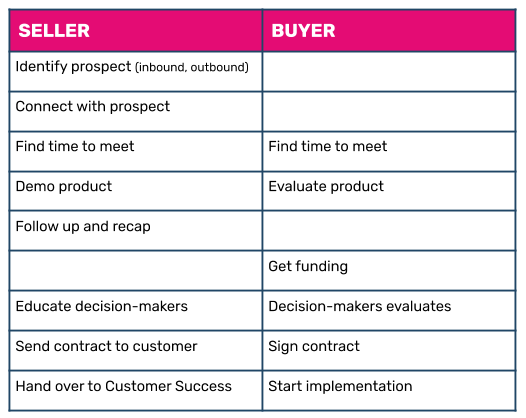
The next step is to translate these steps into deal stages that clearly explain each stage's exit criteria and the tasks your salespeople need to perform for each stage.
Defining the deal pipeline stages
Now that you have identified the steps where the buyer can’t proceed without a salesperson, you have clear exit criteria that describe what must happen for the sale to move from one stage to another.
Here, you can use one of many great available tools to manage your pipeline:
Source: Databox - 8 Best Tools & Tips for Managing Your Sales Pipeline Effectively
This framework gives your salesforce some guidelines to follow while still allowing them enough freedom to adapt, be themselves, and adapt to the needs of each prospect.
After documenting the buyer's journey, you need to make your CRM the company's single source of truth.
This will help you streamline your sales process, verify that each salesperson has gathered all the information they need, give you more accurate sales forecasting, and ensure a next step is planned.
The sales process should be represented from a buyer-centric perspective and not on the seller’s steps.
This is why you should simplify the buyer’s steps and rename the deal stages according to what the salesperson thinks the buyer needs to accomplish to get to the purchase.
Let’s convert the buyer’s steps from the previous example above and turn them into short and easy-to-remember deal stages:

This is a subtle but essential difference between a seller-centric and buyer-centric sales process.
The number of stages is less important, but there needs to be enough to maintain engagement throughout.
Now you can look at the seller's steps and turn these actions into tasks, email templates, outreach attempts, voicemail scripts, and other ways to engage with prospective buyers:

Documenting your sales playbook
You have now aligned the steps in the sales process with the buyer’s journey, defined which deal stages to put into your CRM systems, and made a plan of the sequence of actions the salesperson needs to do to progress the deal.
The next step is to pick a sales methodology to follow and document it.
According to Pipedrive, the difference between a sales process and a sales methodology is that a sales process is a map over each deal stage, and a sales methodology is a set of guiding principles that describes how the salesperson should behave in each stage.
A sales methodology will clarify your process, give salespeople an understanding of the type of objections and questions they must handle in each step, and create training material for new salespeople.
There are many sales methodologies, such as solution-based or needs-based selling, but choosing one depends on which methodology works best for your target market.
No single sales methodology works for everyone, and nothing prevents you from using multipledologies. The best salespeople react to the individual needs of the buyer.
The most important thing is to choose a methodology that helps your team execute a sales process that turns buyers into happy customers.
Sales methodology is outside of the scope of this article, but here is a list of some of the most popular ones B2B companies all over the world use today:
- SPIN selling
- Challenger Sales
- Value-Based Selling
- Solution Selling
- Inbound Selling
After choosing a sales methodology, you need to document your sales playbook and make it easily accessible to your whole sales department so that they know how to execute the sales process.
You can use your CRM or an internal wiki.
A sales playbook will help your salespeople understand what they need to know about the product, your personas, your target market, and deal stages.
The playbook should also contain what to say, such as product messaging, questions and talking points, and email templates, videos, and voicemail templates.
For example, a sales playbook can give a quick overview of what pain points, features, KPIs, and content can be relevant to share when talking to a customer.
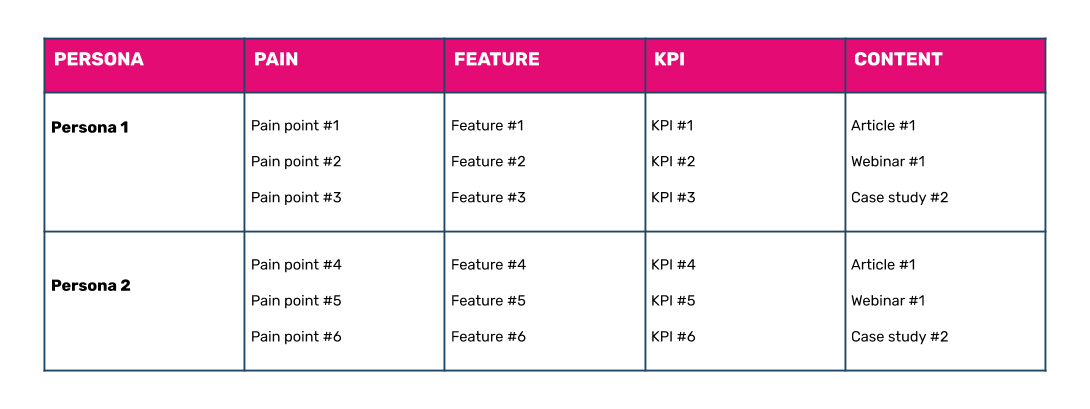
Embed the sales process in your CRM
Each stage of the sales process in your CRM gets its name and a weighted percentage associated with it based on the likelihood of the deal closing.
You will also register an estimated close date based on the typical length of your sales cycle.
This will help you create a sales dashboard sales forecast that can be shared with your sales team, leadership, or potential investors.
If we use the previous example in this article, the deal stages and their likelihood to close might look something like this:
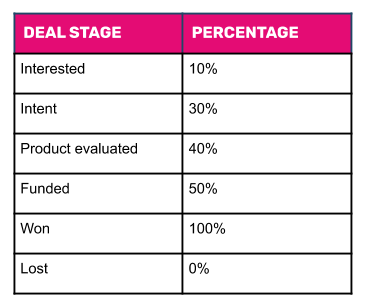
These percentages are arbitrary values, making the forecast's best guesses to start with. However, over time, you will refine your forecasts and get more data to make them more accurate.

The sales forecast report will calculate future sales by multiplying the deal amount by the probability of the deal closing in its deal stage.
If you have a deal worth EUR 100.000, it will be presented as EUR 30.000 if it is in the “Intent” stage.
This is a simple but effective report that indicates your performance.
However, it assumes that you have set accurate probabilities for each stage. Your sales process will never be perfect and will require iteration and refinement over time.
After all, you can’t improve what you don’t measure.
After creating and documenting your sales playbook, you must continually evaluate how things work. Your sales process is never perfect and requires improvement and iteration.
By using a CRM like HubSpot, you can track important key performance indicators such as sales activity metrics, pipeline metrics, lead generation metrics, outreach metrics, and much more.
So, to review. To create an effective sales process, you need to complete the following steps:- Align your sales process with the buyer's journey
- Define the deal stages in a buyer-centric way
- Pick a sales methodology and document it in a wiki
- Implement the sales process and methodology in your CRM
- Use your CRM to evaluate, refine, and forecast.
